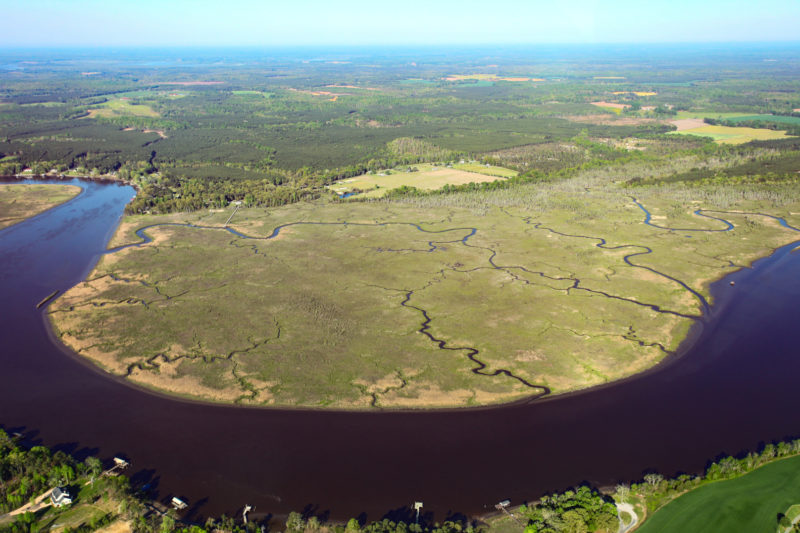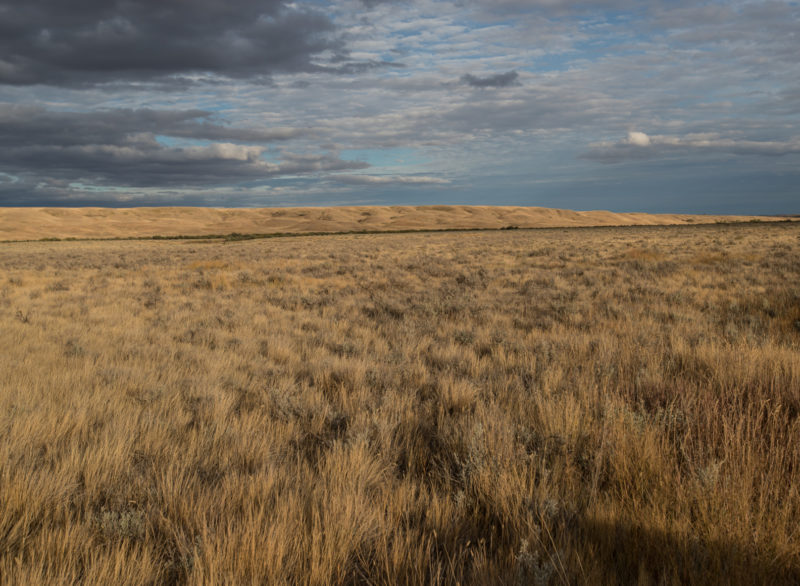By Design

Whimbrels turn back in the face of late summer storms
October 4, 2023
CCB and Ipswich Sparrow Winter Studies
January 11, 2024By: Bryan Watts
1/2/2024
There is something inspirational about walking through a Frank Lloyd Wright house or inspecting a George Nakashima bench. The organic lines and wholeness of design instill an intended sense of peace. Both masters designed from nature and believed that design was developed from within outwards seeking harmony between the materials, place and user. Each believed that design emanated from an intimate understanding of the material.

Great research design flows from the interdependence of statistical design and natural design. Statistical design allows us to interpret results with a known degree of confidence. This confidence is what gives science the footing to move forward. However, in order to effectively work with a species, we must know them as ourselves, understand the place where they live and understand the constraints under which they evolved. Working with a species without appropriate statistical design leaves us with little confidence in the outcome and applying statistical design without understanding the species may lead to meaningless results.


Beyond the statistics and natural history is the underlying purpose that a design is intended to fulfill. Wright was famous for stating “form follows function,” meaning that design begins with an intended purpose. Within conservation biology, we practice a form of backward design. We begin with a clearly defined objective and work backward using knowledge of natural history to inform statistical design and develop a methodology in service of the design. Within this annual report I highlight the relationship between natural design, statistical design and the process of backward design.

The 2023 annual report is dedicated to a discussion about design.




